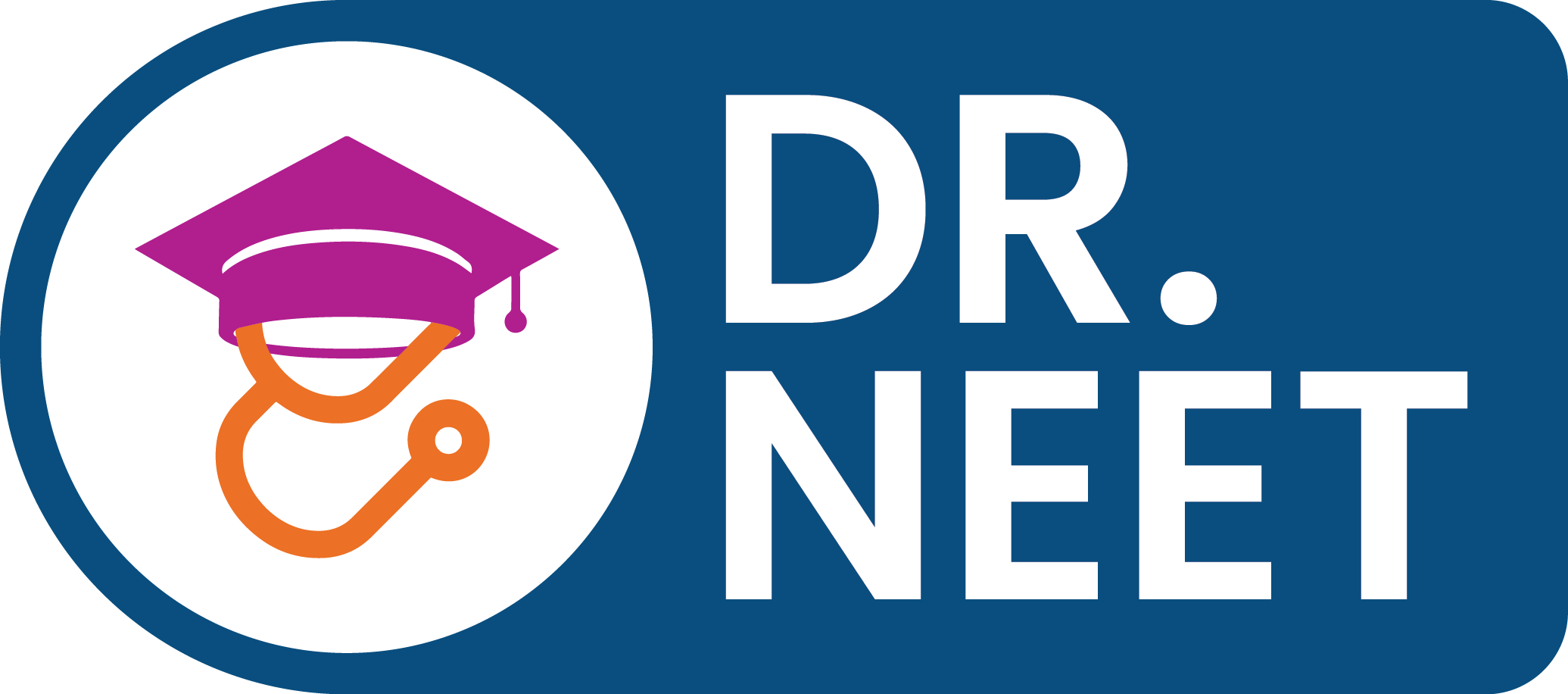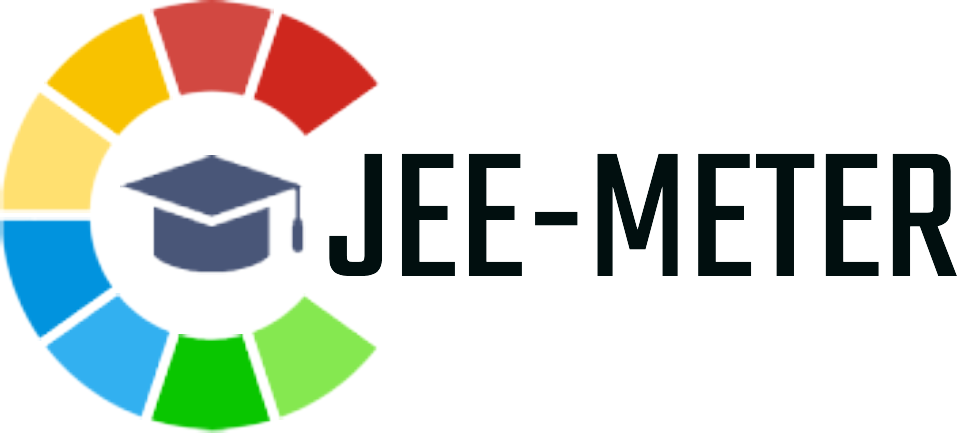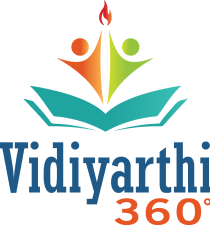The Common Management Admission Test (CMAT) is a national-level entrance exam which is conducted by the National Testing Agency (NTA). Candidates willing to get admission to MBA, PGDM, and other management programs in AICTE-approved institutions across India should qualify this entrance exam. It is a computer-based test (CBT). This exam mainly assesses candidates’ Quantitative Techniques, Logical Reasoning, Language Comprehension, General Awareness, and Innovation & Entrepreneurship skills. The exam is typically conducted once a year in English and has a duration of 3 hours. CMAT scores are accepted by over 1,000 management institutes across India, making it a popular choice for MBA aspirants.
Overview
|
Features
|
Details
|
|
Exam Name
|
Common Management Admission Test (CMAT)
|
|
Conducted By
|
National Testing Agency (NTA)
|
|
Purpose
|
To get admission into MBA and PGDM programs in AICTE-approved business schools in India.
|
|
Exam Sessions
|
The CMAT exam is usually conducted once a year, typically between April and May.
|
|
Application Mode
|
Online only
|
|
Steps of Application
|
- Register Online – Visit the official NTA CMAT website and create an account.
- Fill Application Form – Enter personal, academic, and contact details.
- Upload Documents – Upload a passport-size photo, signature, and required certificates.
- Pay Fees – Payment is made online via credit/debit card, net banking, or UPI.
- Download Confirmation – Save the confirmation page for future reference.
|
|
Application Fees
|
- General (Male): ₹2,000
- General (Female) & EWS/OBC (NCL): ₹1,000
- SC/ST/PwD: ₹1,000
- Transgender: ₹1,000
|
|
Payment Mode
|
Online through debit card, credit card, or net banking
|
|
Eligibility Criteria
|
1. Nationality: Indian citizen
2. Educational Qualification:
- Must have a Bachelor’s degree (any discipline) from a recognized university.
- Final-year students can apply but must complete their degree before admission.
- Age Limit: No age restriction
- Minimum Marks Required: No specific percentage required (varies by institute).
|
|
Mode of Exam
|
Online (Computer-Based Test - CBT)
|
|
Medium of Exam
|
English only
|
|
Duration of Exam
|
3 hours (180 minutes)
|
|
Types of Questions
|
Multiple Choice Questions (MCQs)
|
|
Papers
|
The CMAT exam consists of a single paper with five sections:
- Quantitative Techniques & Data Interpretation
- Logical Reasoning
- Language Comprehension
- General Awareness
- Innovation & Entrepreneurship (optional but considered for some institutes)
|
|
Exam Pattern
|
1. Quantitative Techniques & Data Interpretation
2. Logical Reasoning
3. Language Comprehension
4. General Awareness
5. Innovation & Entrepreneurship
|
|
Syllabus
|
The CMAT exam consists of five sections, each testing different skills:
1️. Quantitative Techniques & Data Interpretation
- Arithmetic (Profit & Loss, Percentages, SI & CI, Time & Work)
- Algebra (Equations, Inequalities, Functions)
- Geometry & Mensuration
- Number System
- Probability & Permutations
- Data Interpretation (Tables, Charts, Graphs)
2️. Logical Reasoning
- Coding-Decoding
- Blood Relations
- Puzzles & Seating Arrangement
- Syllogisms
- Statement & Assumption
- Direction Sense
- Analogy & Series
3️. Language Comprehension
- Reading Comprehension
- Sentence Correction
- Grammar & Vocabulary
- Para Jumbles
- Synonyms & Antonyms
- Fill in the Blanks
4️. General Awareness
- Current Affairs (National & International)
- Economy & Business
- Science & Technology
- History & Geography
- Awards & Sports
- Government Schemes
5️. Innovation & Entrepreneurship (Optional but important for some institutes)
- Concepts of Innovation
- Startups & Business Models
- Government Policies on Entrepreneurship
- Basics of Venture Capital & Funding
|
|
Marking Scheme
|
- Total: 100 Questions → 400 Marks
- Correct Answer: +4 marks
- Wrong Answer: -1 mark (negative marking)
- Un-attempted Question: 0 marks
|
|
Preparation Tips
|
- Quantitative Techniques & DI: Master basics, practice shortcuts, solve DI sets daily.
- Logical Reasoning: Focus on puzzles, coding-decoding, and syllogisms; practice 10 questions daily.
- Language Comprehension: Read newspapers, improve vocabulary, and practice RCs.
- General Awareness: Follow current affairs, revise static GK, and take quizzes.
- Innovation & Entrepreneurship: Learn startup concepts, business models, and government schemes.
- General Tips: Attempt mock tests, manage time, revise formulas, and stay consistent.
|
|
Helpline numbers
|
- 011-69227700
- 011-40759000
|
|
Email address
|
cmat@nta.ac.in
|
|
Official Website
|
cmat.nta.nic.in
|
Important Dates
|
Events
|
Dates
|
|
Exam Date
|
January 25, 2025
|
|
Provisional Answer Key Release
|
January 31, 2025
|
|
Answer Key Challenge Window
|
January 31 to February 2, 2025
|
|
Result Declaration
|
February 13, 2025
|
|
Final Answer Key Release
|
Expected on February 14, 2025
|
|
Institutes announce cut-offs & start applications
|
February to March 2025
|
|
Selection Rounds (GD/PI/WAT)
|
March to April 2025
|
|
Admission confirmations & fee payments
|
April to May 2025
|
|
Note: These dates are tentative and subject to change. For the most accurate and up-to-date information, refer to the official CMAT website: cmat.nta.nic.in
|
Counselling and Admission
CMAT does not have centralized counselling. Instead, each participating institute conducts its own admission process based on CMAT scores.
The step-by-step process is listed below:
|
1. Check CMAT Results & Cut-offs
- Visit the official CMAT website (cmat.nta.nic.in) to check your score.
- Research institutes that accept CMAT scores and compare their cut-offs.
|
|
2. Apply to Institutes
- Based on your score, apply to AICTE-approved MBA/PGDM colleges that match your eligibility.
- Submit application forms before the deadlines (varies by institute).
|
|
3. Participate in Selection Rounds
- Most institutes conduct:
- Group Discussion (GD) – Tests communication & leadership skills.
- Personal Interview (PI) – Assesses personality & career goals.
- Written Ability Test (WAT) – Evaluates writing & analytical skills.
- Some institutes may directly admit students based on CMAT scores.
|
|
4. Final Selection & Merit List
- Institutes release final merit lists based on CMAT scores, GD/PI/WAT performance, work experience (if applicable), and academic background.
|
|
5. Admission & Fee Payment
- Shortlisted candidates receive offer letters from the institutes.
- Confirm admission by paying the required fees and submitting necessary documents.
|






 Home
Home Find Colleges
Find Colleges Contact
Contact Latest News
Latest News



